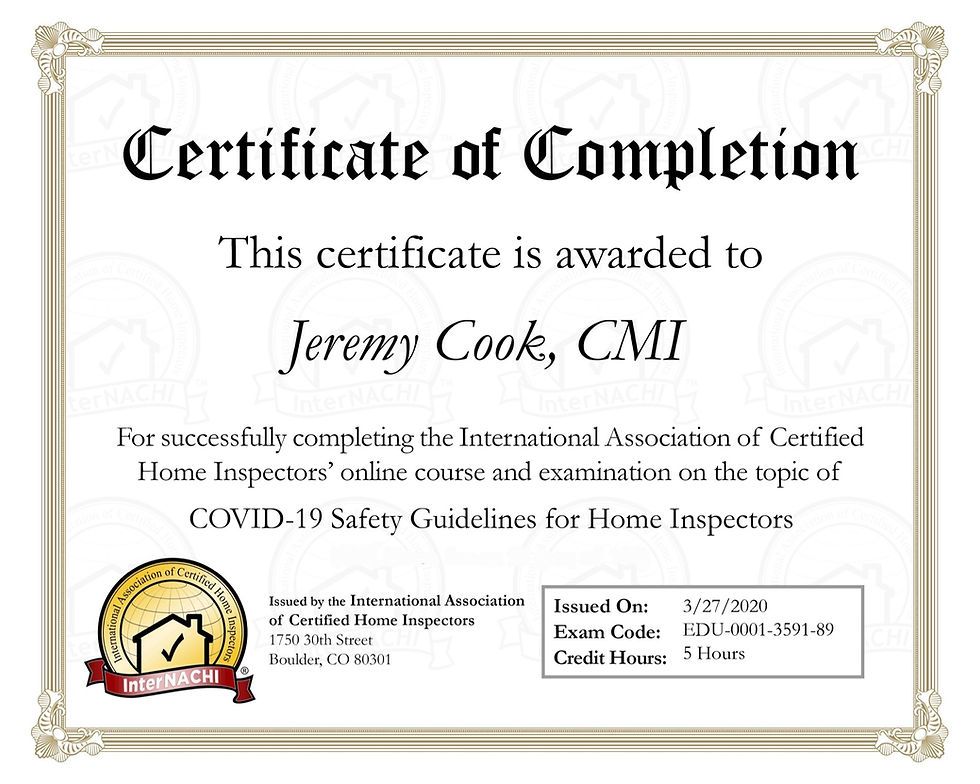Attic Rain
- Jeremy Cook

- Jan 31, 2020
- 2 min read
Yes, that's right, "Attic Rain" is on it's way to Calgary this winter as it has been every winter for the last decade. That's because of the dramatic difference between internal/external temperatures, and fluctuations like Chinooks, caused by our unique Calgary climate. Couple that with increased insulation levels and an overall non-breathable building envelope, and you get a higher risk of Attic Rain.
Attic Rain is what happens when moisture gets into an attic space and condenses into frost, then thaws and "rains" down when weather conditions improve. Attic Rain can be very damaging to a homes insulation, structure, and interior finishes because all of that moisture is trapped inside the home.
Typical causes of Attic Rain include:
-Gaps in vapour barrier between the warm house interior and cold attic space.
-Lack of attic venting through roof vents, soffit vents, or gable vents.
-Disconnected or poorly connected exhaust ducts from bathrooms, dryers, or kitchen range hoods venting humidity into the attic.
-Excess humidity inside the home.
What your home inspector should be looking for:
-Actual moisture or frost in the attic.
-Stains on the ceiling shared with the attic, especially around pot lights, smoke detectors, attic hatches, ceiling mounted speakers, and bathroom fans.
-Stains on roof sheathing, especially near vent connections.
-Yellow stains/discolourations on the insulation in the attic.
-Rusted nails in the attic space.
-Vent termination locations and performance of bathroom fans.
-Stains on the exterior siding just below the soffits.
-Attic venting type, quantity, and performance.
Solutions:
-Seal any attic protrusions to prevent moisture transfer.
-Increase attic venting if needed. Modern construction, particularly of infills, results in very small attic spaces with very low pitched roofs. Attic rain is more prevalent in these tight spaces.
-Control internal humidity levels. Especially when outside temperatures plummet.
*Always consult a building envelope professional for additional insight and possible remedies.
Newer homes are at a higher risk of developing Attic Rain due to the sealed and highly insulated nature of newer homes. Excess humidity inside the home can lead to some pretty catastrophic consequences to the building envelope. For more information on how to control internal humidity levels, click here.
In-fills are at particular risk due to the following:
-They are typically joined units creating additional vulnerability at the party wall.
-They are less consistent in construction practices when it comes to attic ventilation because of the number of different builders and trades people.
-They generally have more complex roof structures and attic spaces due to design.
-They often have much smaller attic spaces (some are downright cramped) with very low pitched roofs which can prevent proper ventilation through normal attic venting practices.
Always choose a Calgary home inspector who can IDENTIFY, EXPLAIN, and provide SOLUTIONS for all of the deficiencies present in the home.








Comments